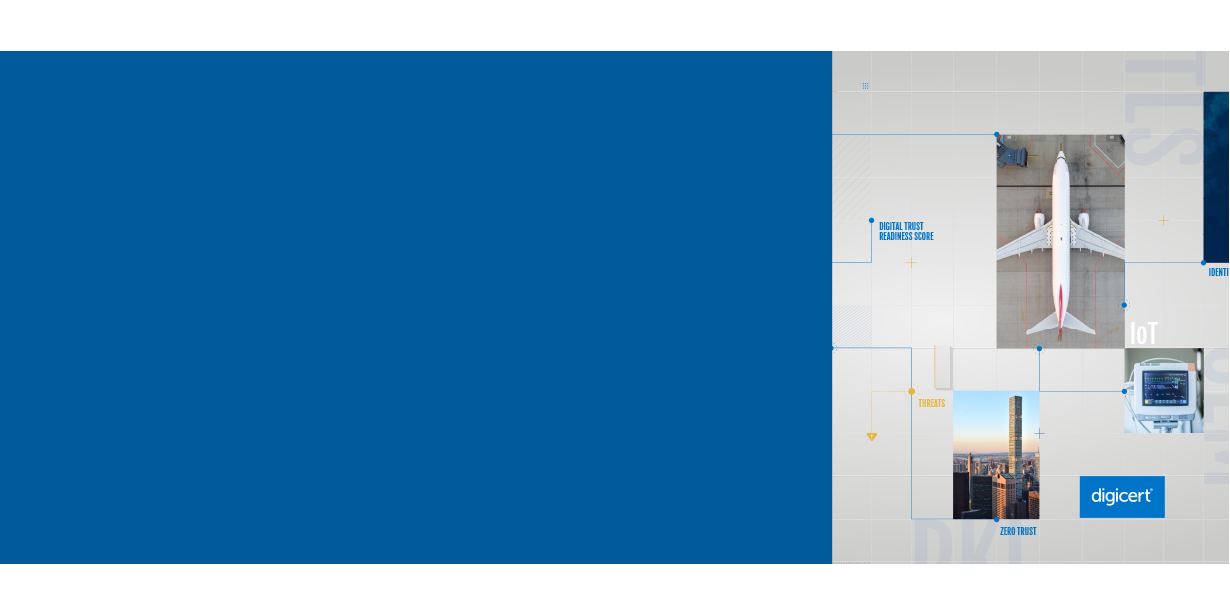
Insights: Zero Trust
Zero Trust: Fundamental
to Digital Trust
Protecting the perimeter is no longer a viable
security strategy. Trusting no one is the key to
achieving digital trust.
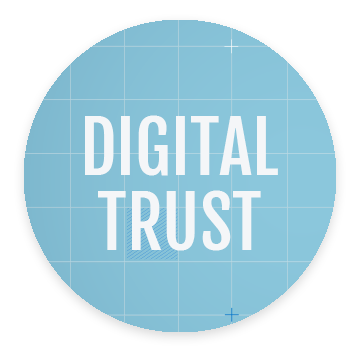
In a world where handshakes, seals and signatures have gone digital, trust takes on a whole new meaning.
Zero Trust follows a simple mantra: Never trust, always verify. Verification doesn't just offer the same level of security as a handshake or a notary stamp—it's even more secure, building an impenetrable fortress around every app, service and network within the corporate environment. And it's all thanks to PKI.
What is Zero Trust?
Zero Trust relies on adaptive authentication methods like public key infrastructure (PKI), multifactor authentication (MFA) and single sign-on (SSO) to verify the identity of every user, software, server, device, document and identity every time it connects to the network. Zero Trust assumes nothing and no one can be trusted. In turn, a Zero-Trust approach creates digital trust by verifying every connection, every time.
Public Key
Infrastructure
Multifactor
Authentication
Single
Sign-on
PKI: The Cornerstone of Zero Trust
Embracing the Zero-Trust mantra requires establishing a secure way to verify identity. Fortunately, a proven technology already exists in PKI.
PKI binds cryptographic public-private keys to identity using certificates attached to websites, emails, networks, software, users and other digital objects, providing the authentication, encryption and integrity that make Zero Trust possible.
When paired with MFA, PKI is one of the most secure ways to implement Zero Trust, playing a key role in helping organizations protect their digital assets.
Authentication
PKI authenticates the identity of every user and device on the network.
Encryption
PKI encrypts every communication across the entire organization.
Integrity
PKI maintains the integrity of data coming to and from users and devices.
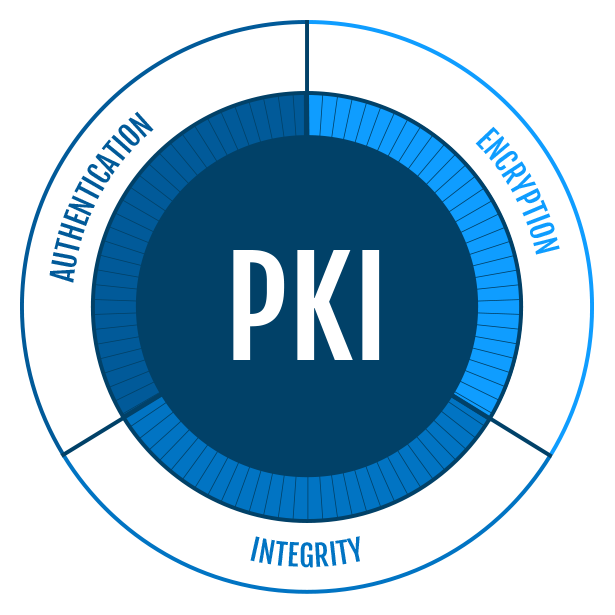
Optional heading that can be visually hidden
Digital Trust Without Boundaries
As innovators continue to push the limits of what can be done remotely, Zero Trust will become less of a goal and more of an imperative. The U.S. Department of Defense has an entire office dedicated to Zero Trust, and security-conscious organizations around the globe are following suit.
The push for Zero Trust is strengthening connections between people and devices the world over, enhancing digital trust without sacrificing convenience or ease of use.
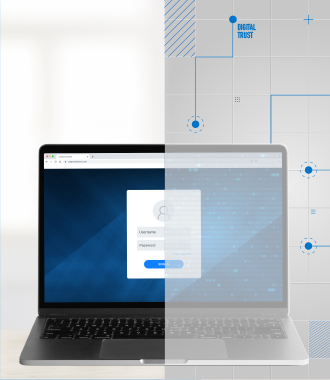
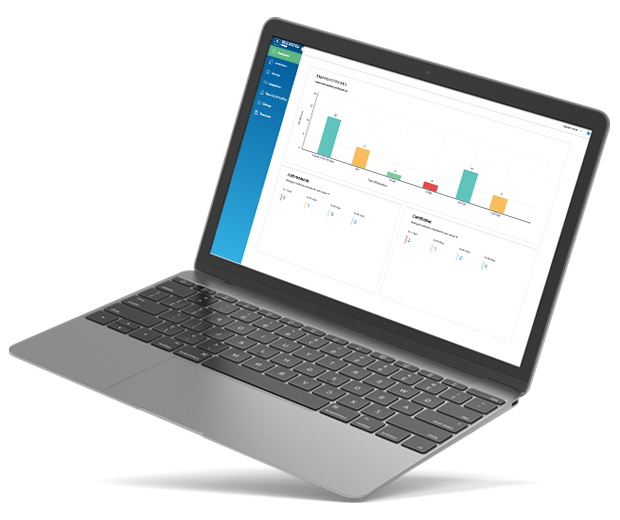
Establish Zero Trust Across Your Organization
Reducing risk without sacrificing agility is possible
with DigiCert® Trust Lifecycle Manager, a CA-agnostic certificate lifecycle management and PKI services solution that secures identity and access while centralizing visibility and control.

%20(1).png)
